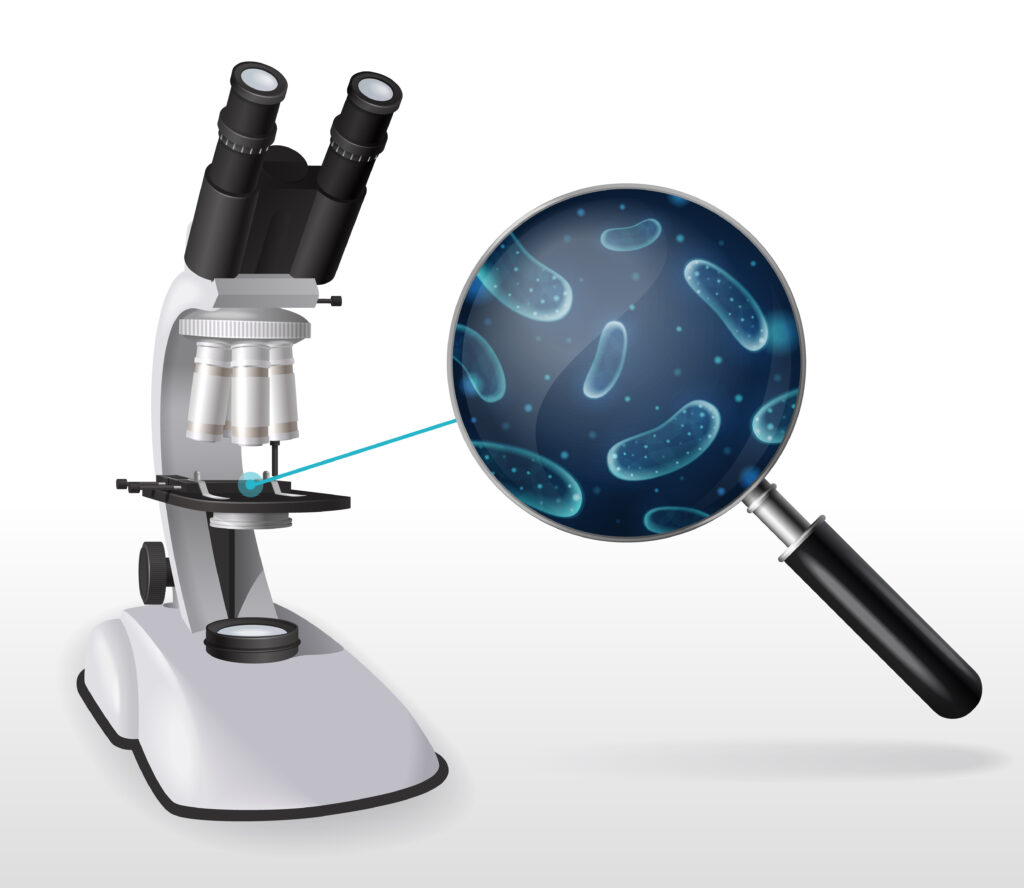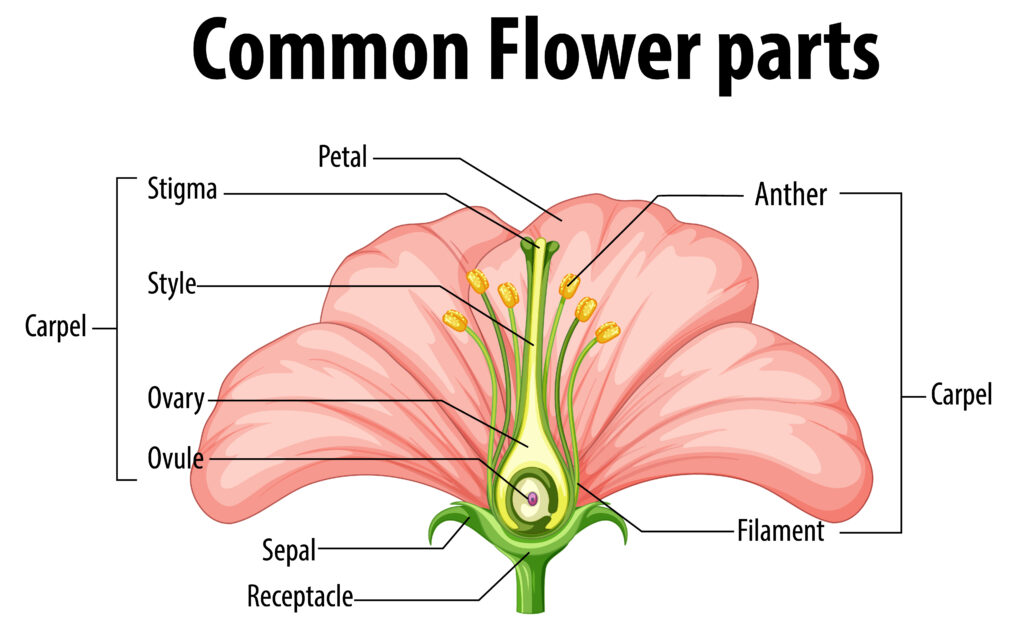Forests: Our Lifeline
Explore the fascinating world of forests and their importance as our lifeline. Learn about forest ecosystems, food chains, and the interdependence between plants and animals.
Help & Instructions
▼- Forest Food Chain: Arrange organisms in correct food chain order
- Interdependence: Match forest components to show their relationships
- Use the hint button if you need help with any section
- Try different activities to learn about forest ecosystems
- Understand the importance of forests as our lifeline
- Learn about forest food chains and energy flow
- Explore interdependence between plants and animals
- Identify different components of forest ecosystems
Forest Food Chain: Arrange the Order
Drag and drop the organisms to create a proper forest food chain.
Forest Interdependence: Match Relationships
Match forest components to show how they depend on each other.
Forests are vital ecosystems that provide numerous benefits to humans and the environment. They produce oxygen, regulate climate, conserve soil, provide habitat for wildlife, and offer resources like food, medicine, and timber. Understanding forest ecosystems helps us appreciate their importance and the need for conservation.
Forests: Our Lifeline Concepts
Forests provide essential services that sustain life:
- Oxygen Production: Trees produce oxygen through photosynthesis
- Carbon Sequestration: Forests absorb carbon dioxide, helping combat climate change
- Water Regulation: Forests maintain water cycles and prevent soil erosion
- Biodiversity: Forests host millions of plant and animal species
- Resources: Provide timber, food, medicine, and other products
- Recreation: Offer spaces for tourism and spiritual activities
Energy flows through forest ecosystems via food chains:
- Producers: Green plants that make food through photosynthesis
- Trees (oak, pine, teak)
- Shrubs and bushes
- Herbs and grasses
- Ferns and mosses
- Primary Consumers: Herbivores that eat plants
- Deer, rabbits, squirrels
- Insects (caterpillars, beetles)
- Birds (parrots, pigeons)
- Secondary Consumers: Carnivores that eat herbivores
- Foxes, snakes, owls
- Spiders, frogs
- Tertiary Consumers: Top carnivores
- Wolves, tigers, eagles
- Decomposers: Break down dead matter
- Fungi, bacteria, earthworms
All forest components are interconnected:
- Plants and Animals:
- Animals depend on plants for food and shelter
- Plants depend on animals for pollination and seed dispersal
- Soil and Vegetation:
- Plants get nutrients from soil
- Plant roots prevent soil erosion
- Dead plants enrich soil with organic matter
- Microorganisms and Nutrients:
- Decomposers break down dead matter into nutrients
- Nutrients are recycled back to plants
- Water Cycle:
- Forests help maintain groundwater levels
- Transpiration from trees contributes to rainfall
Forests have distinct vertical layers supporting different life forms:
- Emergent Layer: Tallest trees (50+ meters)
- Canopy Layer: Dense roof of trees (30-50 meters)
- Understory Layer: Younger trees and shrubs (10-30 meters)
- Forest Floor: Ground level with decomposing matter
- Each layer supports specific plants and animals adapted to those conditions
Forests face several threats that require conservation efforts:
- Deforestation: Clearing forests for agriculture, urbanization
- Forest Fires: Natural and human-caused fires
- Climate Change: Altered rainfall patterns and temperatures
- Pollution: Air and water pollution affecting forest health
- Conservation Methods:
- Afforestation and reforestation
- Protected areas and national parks
- Sustainable forestry practices
- Community-based conservation



